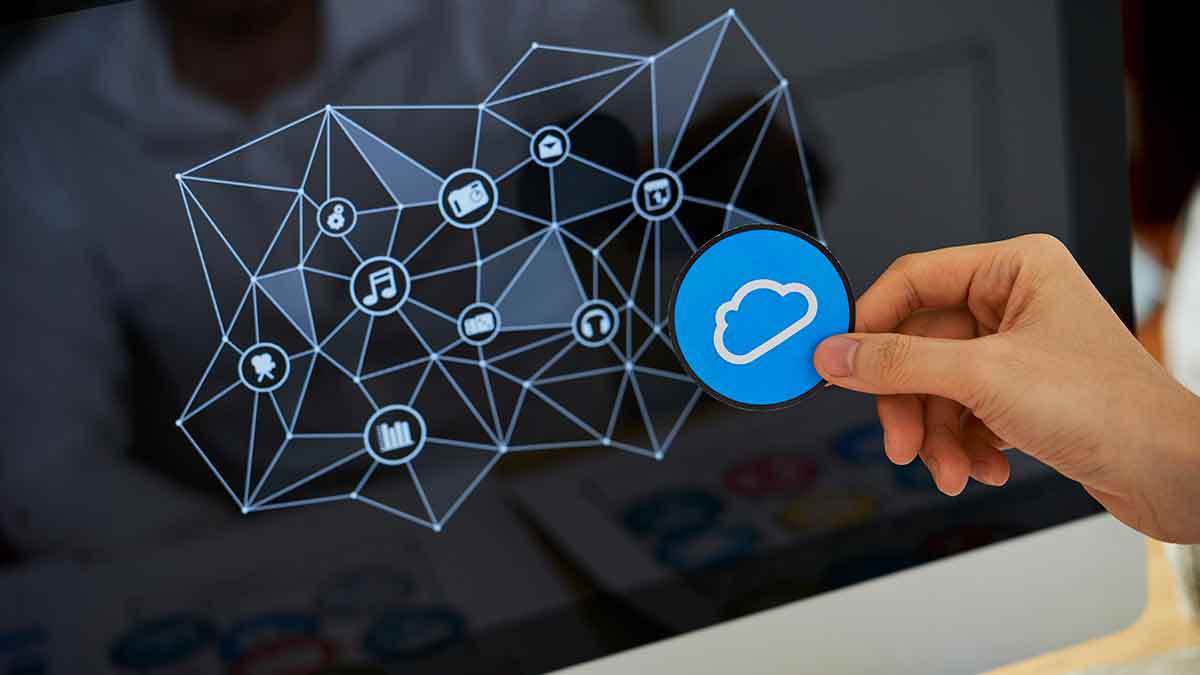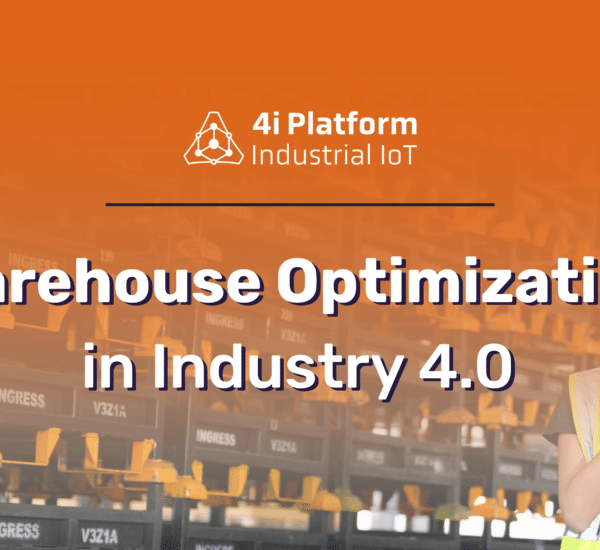Edge computing and cloud computing are the future of computing and are here to stay. We tend to confuse them, thinking they mean the same or that one will replace the other. The truth is, they are the two sides of the same coin. Both help organizations improve their data processing capacity, meet their production goals, optimize processes, and increase profit margins.
While edge computing brings computers closer to data sources, cloud computing makes cutting-edge technology available over the Internet.
In this article, we will discuss the key differences between the two concepts. But, first, let’s go over their definitions.
Edge Computing
Edge computing is not a new concept by any means. It goes back to the content delivery networks (CDN) of the late 1990s. They distributed all kinds of content from servers located closer to the end users. In the early 2000s, these networks began to host applications in servers along the edge spectrum, marking the beginning of edge computing.
So we established that edge computing brings data sources closer to the end users to reduce response times, but how does it benefit us? As data processing and storage happen closer to the source, edge computing makes it easier to monitor data, reduce costs, get faster response times as well as optimized and continuous operations. Besides, edge computing allows us to optimize cybersecurity because it reduces interactions with other platforms or clouds and public networks.
Cloud computing
Cloud computing is the delivery over the Internet of services like data storage, networks, and software. These services are hosted in physical servers maintained by a service provider.
As a result, cloud computing has revolutionized the way in which many industries view IT resources. Thanks to cloud computing, companies can now access applications, data storage, physical and virtual servers, network capacity, development tools, and other cutting-edge technologies over the Internet. Cloud-based services are hosted in remote data centers run by an external provider or a private organization.
There are three types of cloud computing services: public, private, and hybrid.
- The public cloud is owned and run by the service provider.
- The private cloud consists of resources available to only one client. Companies use the cloud for internal applications so that they can maximize savings and resource usage. Whereas the public cloud is hosted remotely and run by an external provider, the private cloud can be hosted on premise and run by the client.
- Finally, the hybrid cloud connects public and private clouds and allows them to share data and applications. It gives organizations more implementation options, increasing flexibility and helping optimize compliance and cybersecurity.
6 Key Similarities and Differences Between Edge Computing and Cloud Computing.
Key similarities
- Accessible automation. Both systems make automation more accessible. For instance, telcos are already implementing it. Similarly, IoT organizations use autonomous robots. Thanks to network automation, autonomous devices are more independent and less prone to failures. Both cloud and edge computing help improve the efficiency of a company’s workload in comparison to the implementation and operation of traditional IT infrastructure.
- Analysis optimization. The processing power of edge computing and cloud computing on a large scale facilitates data collection and analysis, no matter the size. Edge and cloud computing big data analysis allows companies to track market trends, predict buying patterns, and know their customers.
- Flexible pricing. The edge and cloud computing models purchased from external providers reduce the capital expenditure associated with software and hardware purchases, climate control, IT, security, and personnel, resulting in lower costs.
Key Differences:
- Speed and agility. Edge computing brings information as close as possible to the sources of data, which improves the response capability and efficiency of applications hosted in nearby computers. Although cloud computing is not as fast as edge computing, it can be agile too. Normally, large volumes of data are uploaded to the cloud, which the end user can access easily.
- Reliability. In a correctly configured edge network, the loss of a few nodes does not impact on the efficiency of the service. However, edge computing is less reliable than a cloud platform due to its decentralized nature, whereas edge computing is more reliable because it is centralized. Security copies, the continuity of the business, and data recovery become easier and less expensive.
- Productivity and performance. Edge computing brings applications closer to the end user, which means that AI solutions and analytic tools process data in milliseconds. Therefore, it improves operational efficiency.
In other words, cloud computing eliminates the need to configure hardware and to apply software patches. It also improves the productivity of the IT staff, who can focus on more critical tasks. Lastly, the organizations do not need to worry about excess provisioning, or the lack of resources caused by fluctuating demand. As they ensure the ideal number of resources, cloud platforms guarantee near-perfect productivity and performance.
It is important to understand that edge computing and cloud computing are two different technologies that are not interchangeable but complementary. The main difference is storage capacity. Edge computing is best for processing smaller amounts of data in a short time, whereas cloud computing is suitable for processing larger amounts of information.
Cloud infrastructure uses
Nowadays, all kinds of organizations use cloud computing for everything from emails and backups to disaster recovery, software development and testing, web applications, and big data analysis. For example, manufacturing companies use cloud-based solutions to monitor production in real time, prevent equipment failure, and make data-driven decisions.
Cloud infrastructure offers end users a faster and more convenient service than the traditional IT structure. At 4i Platform, we have developed cloud-based tools that allow our customers to come a step closer to smart manufacturing, to monitor production in real time, and to make better decisions.






